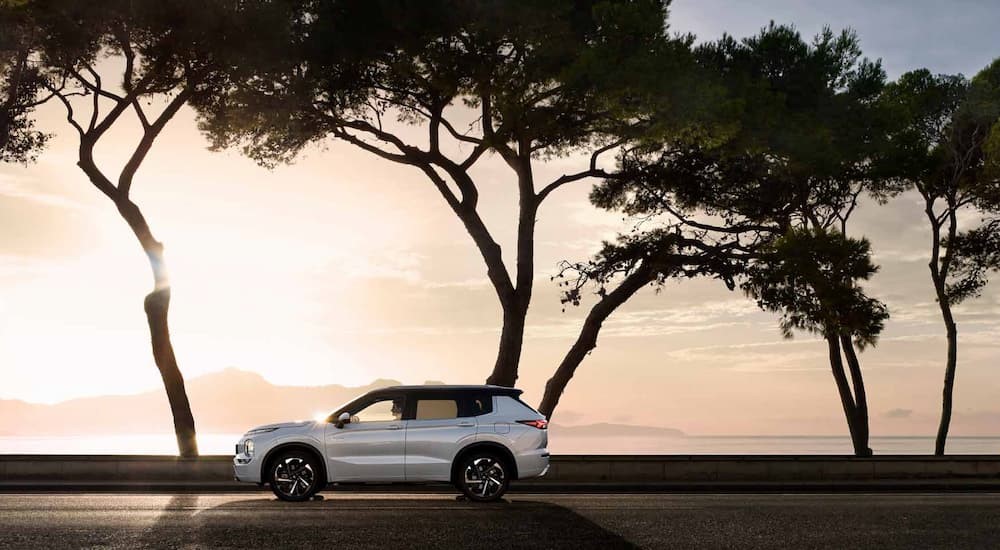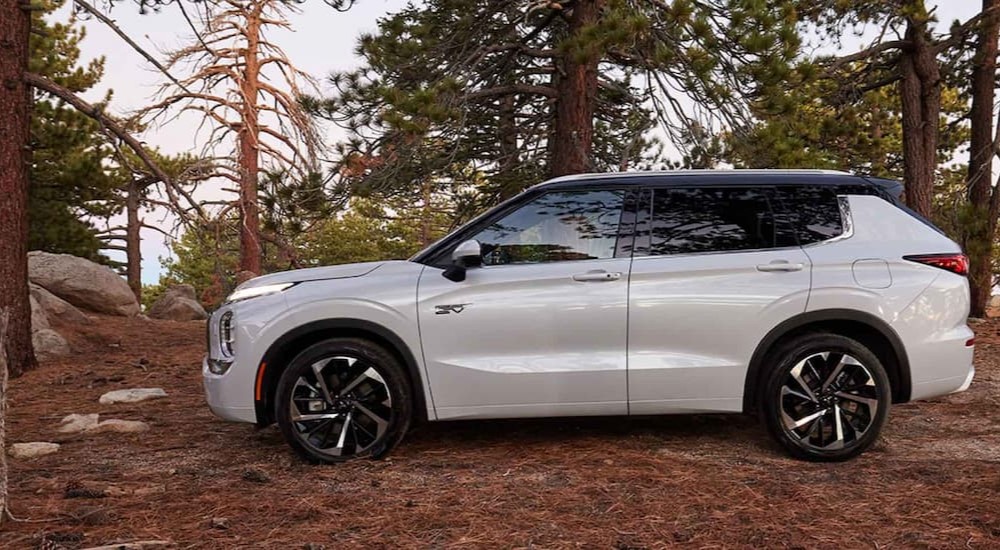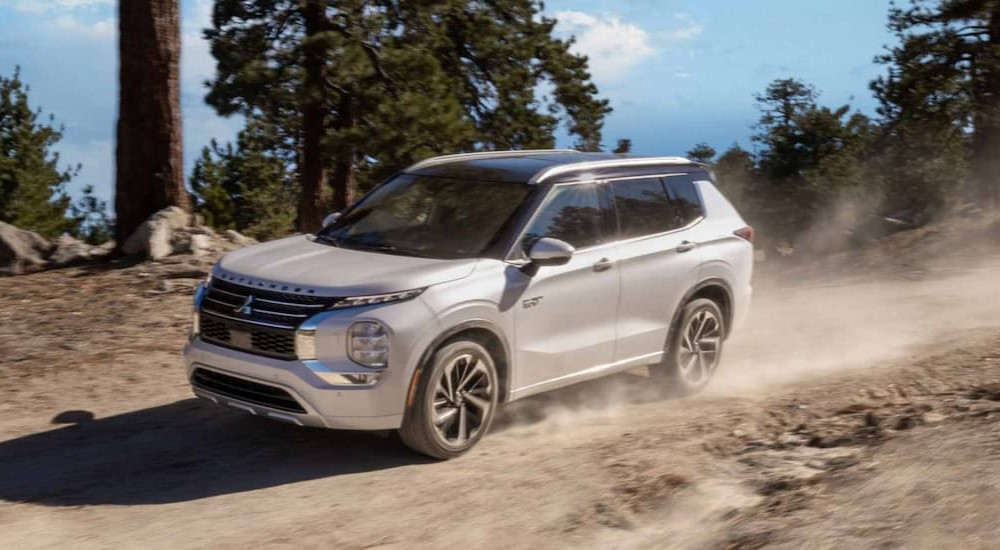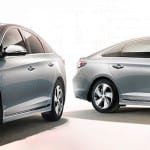With electric vehicles set to take over the market in the years ahead, many drivers are interested in what EVs can offer but are unsure if they’re ready for one. If only there was some kind of middle ground between a conventional gas-powered vehicle and a fully-electric model…oh wait, there is! A plug-in hybrid electric vehicle (PHEV) is the perfect choice for any driver interested in what owning an EV might be like, but who’s not quite ready to start looking at electric vehicles for sale just yet. While getting the most from a PHEV doesn’t have quite the same requirements as going all-in on an EV, there are still some important things to keep in mind to fully enjoy everything a plug-in model offers. Let’s look at some tips and considerations to keep in mind when shopping for a PHEV and ensuring you enjoy one to the fullest.
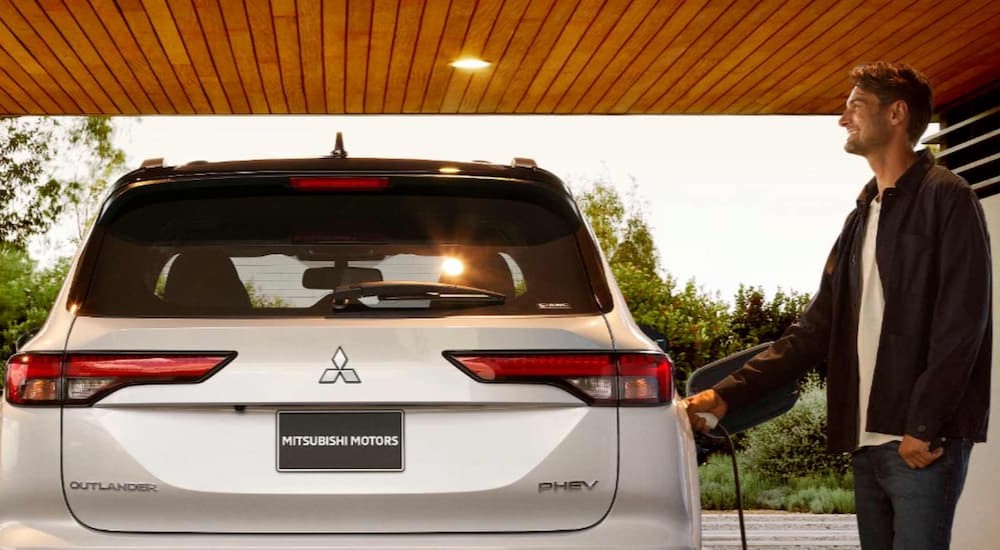
Take Full Advantage of the Battery
This might seem silly to say since anyone with a PHEV is probably already considering what the battery-powered electric motor can do, but it’s important to focus on the battery and fully utilize what it has to offer. PHEVs differ from other hybrids in two key ways: they can plug into external power to charge the battery for their motor and can drive a distance using only this battery without consuming any gas. These two differences are both vital, but let’s focus on that second one for now.
Having an extended all-electric range available can be completely life-changing, and it’s important that you remember what it can do every time you get behind the wheel. For a lot of people, the all-electric range of a PHEV will be enough to handle most daily driving, which means you can run errands, go to work, and even pick up your kids from school without using a drop of gas. But while PHEVs are pretty smart vehicles, they’re not going to do everything for you, so you’ll need to make sure you’re driving in the most efficient way possible.
Most PHEVs have different driving modes that you can choose from. The Mitsubishi Outlander PHEV, for example, has a Series Hybrid Mode that uses the engine to generate electricity to power the motors, taking some of the strain off the battery, and a Parallel Hybrid Mode that uses both the engine and the motors to directly power the wheels. But a third mode, EV Mode, only uses the battery and motors, without any gas, for quiet driving that creates zero emissions. Knowing when to use each mode can make a big difference in getting the most from your PHEV.
Always Keep a PHEV Charged
This also might seem like it should go without saying, but it’s quite important. That first difference I mentioned a moment ago—that a PHEV can be plugged in to charge—is not only a flashy feature, it’s an integral part of PHEV performance. While these vehicles have ways to generate electricity from the engine or through regenerative braking (more on that in a moment), they need to be charged from an external source to take full advantage of what they offer. This makes them different from other hybrids and is why they’re perfect as a stepping stone from conventional cars to full EVs.
As such, it’s very important that you keep your PHEV charged when not in use, as close to a full 100% charge as possible. This ensures you have the maximum amount of power available when you need it, and it’s generally best for the battery system; the last thing you ever want to do is let any kind of battery fully deplete. More importantly, keeping the battery charged boosts range so you can get the most from your PHEV, which helps reduce your gas usage.
If you’re interested in a PHEV to get a taste of what owning an all-electric model might be like, charging is an important part of that. Building new habits takes time and repetition, and remembering to plug in your vehicle when you’re not driving is a very new thing for most of us. With a PHEV, you have the perfect opportunity to start building this sort of habit and get a real taste for what owning an EV would be like; and if you forget to plug it in, you don’t have to worry about being stranded, you’ll just use more gas that day.
Adjust Your Driving to Boost Performance
In many ways, a PHEV is just like any other car, and you can enjoy it as such. But in some key ways, it’s quite different and understanding how to take advantage of that makes a tremendous difference in getting the most from it. One of the biggest things to learn is how to brake most effectively in a PHEV. The key is to avoid hard braking as much as possible because it uses the mechanical brakes to slow and stop the vehicle—there’s nothing inherently wrong with that, but you’re missing out.
Models like the Mitsubishi Outlander PHEV, for example, have regenerative braking that lets them recapture energy while braking and recharge the battery. Slamming your brakes hard skips this system to maximize stopping power. But if you anticipate when you’ll need to stop and brake gently instead, your PHEV can use its regenerative braking and maximize your overall driving range. Some people drive like this naturally, and it’s not a big deal, but for others, it can represent a learning curve.
Certain PHEVs also have one-pedal driving available, which lets you drive using only the accelerator. When you press it down, the vehicle accelerates, and when you let off the pedal, regenerative braking slows the car down. Again, this certainly takes some getting used to, but with a bit of practice, it’s easy to get the most from a PHEV and experience everything it has to offer.
Consider the Differences Between Different PHEVs
Different cars are different—this is as true for PHEVs as it is for any other type of vehicle. When researching and reading about different types of cars, it’s easy to lose sight of this fact and start thinking in broad strokes and general categories. Yes, all PHEVs can drive a limited distance solely on electric power, but within that basic statement, there is a lot of wiggle room. For instance, the 2023 Toyota RAV4 Prime can go 68 km without using any gas, while the 2023 Subaru Crosstrek Hybrid only has 27 km of electric range. Similarly, while the Mitsubishi Outlander PHEV can utilize DC Fast Charging, a lot of PHEVs cannot. That’s why it’s important to know what you’re getting yourself into.
Choose the Right PHEV to Meet Your Needs
At the end of the day, getting the most from a PHEV is much like any vehicle and largely comes down to doing plenty of research ahead of time to ensure you get what you need. It’s important to look at some different factors that aren’t a concern with conventional models—like all-electric range, regenerative braking, one-pedal driving, and how the PHEV can be charged. But ultimately, you still need to look at what’s out there, compare different vehicles, and make sure you’re getting everything you need. Once you have a PHEV that you’re excited to drive, take some time to read the owner’s manual and get to know the vehicle so you’ll understand everything it can do. Then, you can hit the road and enjoy the electrified performance and zero-emission driving that PHEVs deliver.
